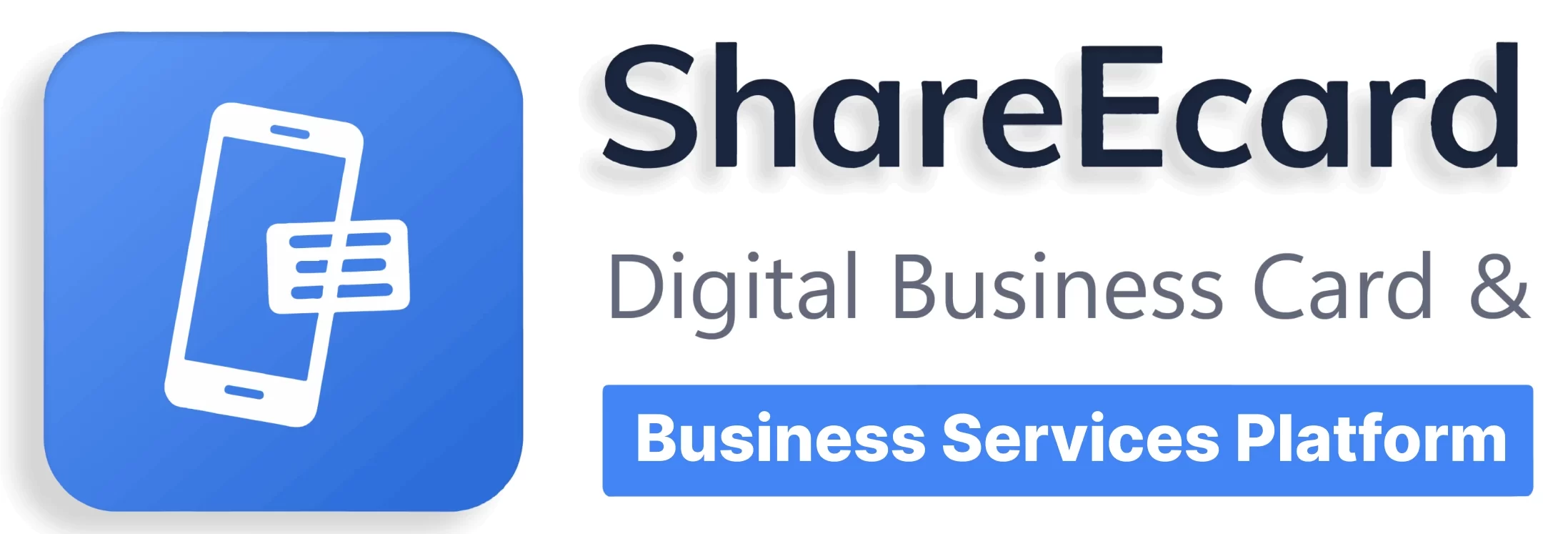Business cards may seem like a traditional tool, but they can play a vital role in a modern marketing strategy. Integrating business cards effectively can enhance your networking, build brand recognition, and complement your digital marketing efforts. Let’s explore how and why you should incorporate business cards into your marketing strategy.
How to Leverage the Business Cards for Marketing
Why Integrate Business Cards into Your Marketing Strategy
- Personal Connection: In an age dominated by digital communication, a physical business card creates a personal connection that stands out, making your brand more memorable.
- Brand Reinforcement: Business cards are a physical extension of your brand, helping to reinforce your brand identity and message in every interaction.
- Professionalism and Credibility: A well-designed business card can convey professionalism and credibility, which are crucial in building trust with potential clients and partners. Make sure you know well about business card etiquette around the world.
- Networking Efficiency: Business cards offer a quick and efficient way to exchange contact information in networking situations, ensuring that your contacts have a tangible reminder of your encounter.
- Referral and Word-of-Mouth Marketing: When people pass along your business card, it acts as a personal endorsement, which can be more influential than digital marketing alone.
How to Integrate Business Cards into Your Marketing Strategy
- Consistent Branding: Ensure your business cards are consistent with your overall branding, including logo, color scheme, and messaging. This creates a cohesive brand experience across all platforms.
- Strategic Distribution: Hand out your business cards at industry events, conferences, meetings, and anywhere you encounter potential clients or partners. Think of your card as a mini billboard for your brand.
- Include a Call to Action (CTA): Add a CTA on your business card, encouraging people to check out your website, sign up for your newsletter, or follow you on social media. Know about having a perfect copy for business cards.
- Utilize the Back of the Card: Use the backside of your business card for additional marketing, such as showcasing your services, providing a discount code, or featuring a positive client testimonial.
- Integrate with Digital Tools: Add QR codes that link to your digital portfolio, website, or social media profiles, seamlessly connecting your physical and digital marketing efforts.
- Measure Effectiveness: If possible, track how your business cards are driving traffic to your digital platforms. This can be done through QR codes or dedicated landing pages mentioned on your cards.
- Innovative Designs: Stand out with creative designs or unique materials that reflect your brand’s personality and appeal to your target audience. This can make your card—and by extension, your brand—more memorable.
- Encourage Sharing: Encourage satisfied clients or partners to share your card with others, leveraging their networks for broader reach.
Business cards, when effectively integrated into your marketing strategy, can be a powerful tool for building connections, reinforcing your brand, and supporting your broader marketing goals. In a world where digital and physical marketing tactics are increasingly intertwined, business cards offer a tangible touchpoint that complements and enhances your digital presence. By thoughtfully designing and strategically distributing your business cards, you can maximize their impact as part of your overall marketing strategy.
This is the era of digital and marketing has shifted a lot to digital and so is networking. People are using digital business cards for networking. You can create a digital business card for free with ShareEcard.




